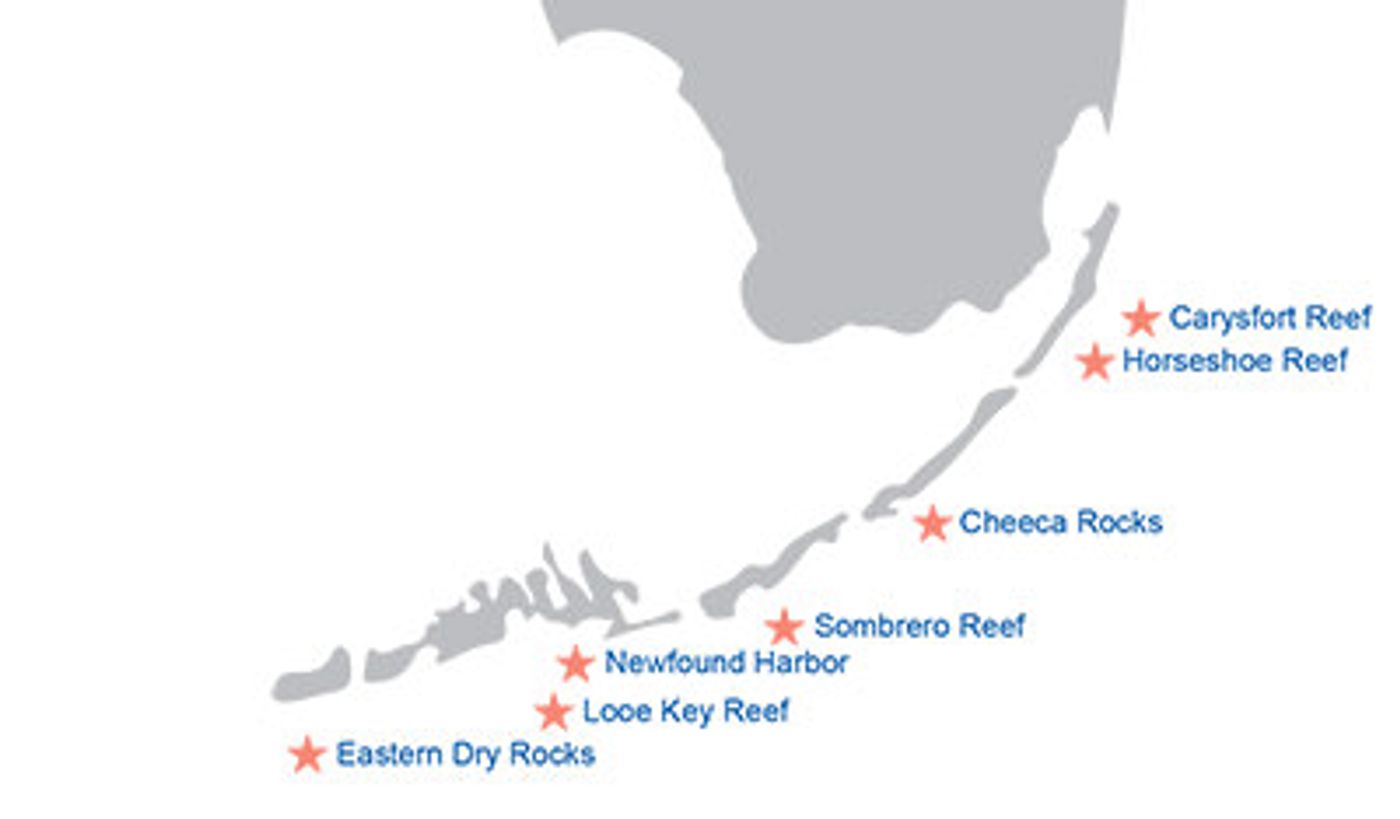NOAA Unveils Florida Keys Reef Restoration Program
Earlier this week, the National Oceanic and Atmospheric Administration (NOAA) announced "Mission: Iconic Reefs"—a new strategy to restore and preserve coral reefs throughout the Florida Keys. According to a press release from the federal organization, this strategy is "part of an unprecedented, decades-long effort to revitalize the region's highly diverse and economically valuable marine ecosystem."
NOAA estimates that nearly 90% of live corals have been lost within just the last 40 years. This massive loss is attributed to damage from boat anchors and ships, pollution, overfishing, storms, and disease. Reef loss impacts the tourism and culture of the region, as the reefs attract billions of dollars in tourism for Florida. Additionally, reefs are home to several fish species targeted for sportfishing and commercial operations.
In the press release, acting NOAA administrator Neil Jacobs stated, "NOAA is fundamentally changing its approach to coral reef restoration by proactively intervening to restore reef health and improve ecological function." He continued that, "bold and decisive action has the very real potential to save one of the largest and most economically important reef ecosystems in the world before it's too late."
This project focuses on seven reefs in the Florida Keys National Marine Sanctuary: Carysfort Reef, Horseshoe Reef, Cheeca Rocks, Newfound Harbor, Eastern Dry Rocks, Sombrero Reef, and Looe Key Reef. According to the project's website, these sites showcase the region's "iconic diversity and productivity."
A phased approach will be used over the next twenty years. This begins with site preparation, which includes removing overgrowth of invasive or nuisance species such as algae. The goal of the first phase is to restore reefs from 2% to a 15% stony coral cover, starting with elkhorn coral. NOAA plans ten years for this initial phase. The second phase includes the planting of additional coral species to add diversity and reach an average of 25% coral cover across all sites. According to the press release, 25% coral cover "is considered necessary to support a healthy ecosystem and protect reef structure."
Mission: Iconic Reefs is a collaborative effort and includes several additional federal and state agencies, as well as leading coral experts, local restoration practitioners, and the surrounding communities.
Sources: Mission: Iconic Reef, NOAA News & Features









